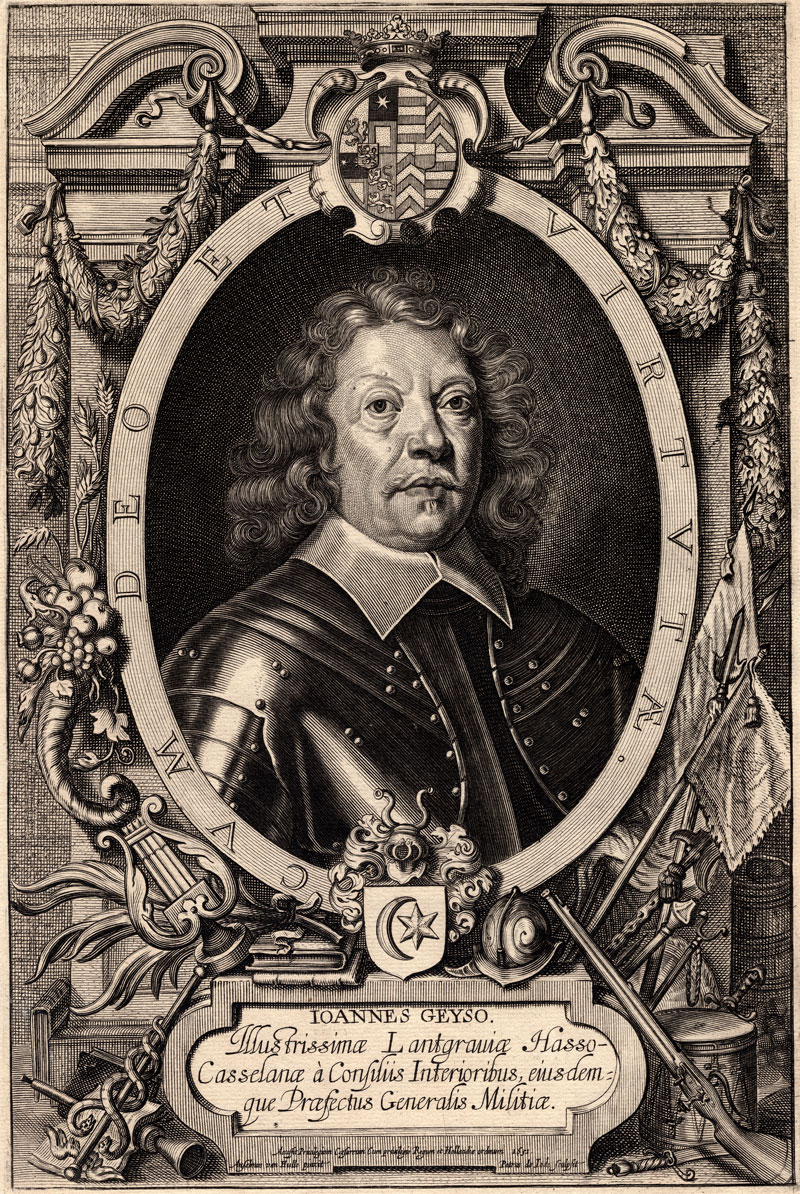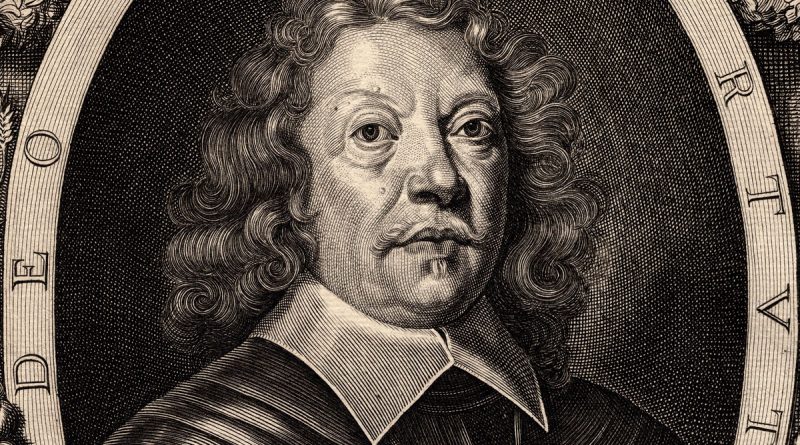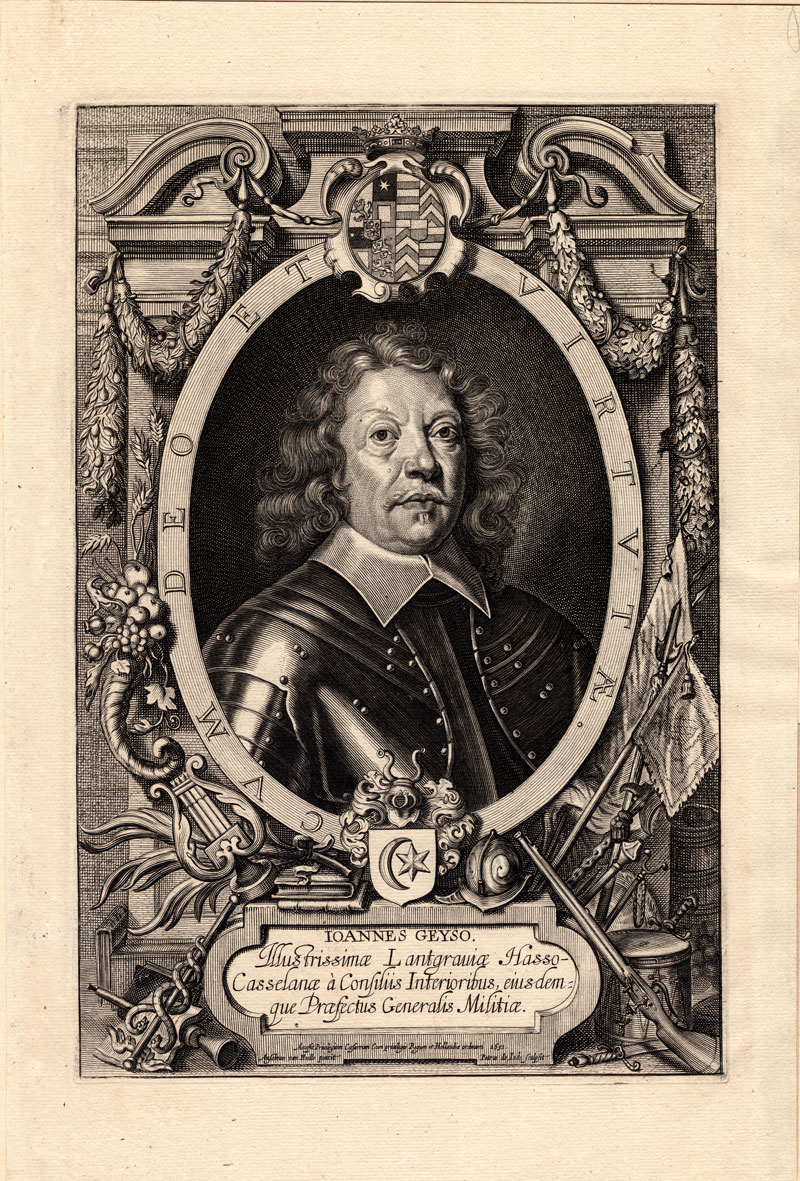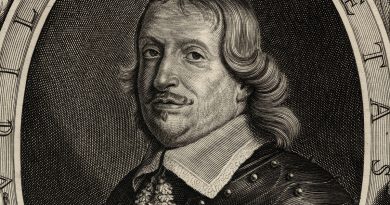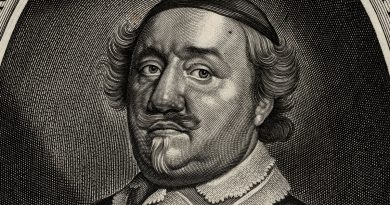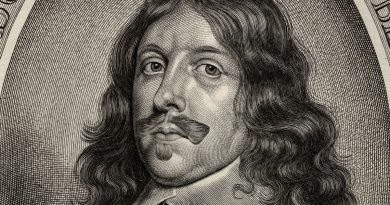Portrait of Johann Freiherr von Geyso
Portrait of Johann von Geyso
(Freiherr) von Geyso (Geusau, Geise)
(* 1593 in Borken (Hessen); † 1661)
The son of Peter Geyse (Geysa), Johann von Geyso (1593 – 1661) was a German nobleman from Hesse-Kassel and a general in the Thirty-Year War (Dreissigjaehrigen Krieg).
Late 17th Century Copperplate Engraved by Petrus de Jode after Anselmus van Hulle
From from Pacificatores orbis Christiani published in Rotterdam 1697.
Text on Engraving
Johannes Geyso./Illustrissimae Lantgraviae Hasso-/Cassellanae a Consillis Interioribus, eiusdemque Praefectus Generalis Militiae. fAccessit Privilegium Caesareum. Cum privilegio Regum et Hollandiae ordinum. 1651, Anselmus van Hulle pinxit. Petrus de lode sculpsit.
Dimensions: 37 X 25.5 cm
Rotterdam 1697
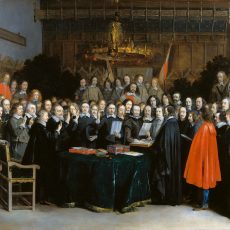
The Peace of Westphalia (German: Westfälischer Friede) was a series of peace treaties concluded in 1648 which ended Europe’s bloody Wars of Religion including the Thirty Years War and Eighty Years War. An estimated 8 million people had died in the series of terrible conflicts.
In 1645, the Prince of Orange dispatched his court painter Anselm van Hulle to create portraits of the delegates from across Europe who were gathering in Osnabrück and Münster, in Westphalia, Germany for the great peace talks. It was the event of the age, the first time that a great conflict was to be ended through international negotiations at a great diplomatic congress. It would come to be considered by many the beginning of an era of diplomacy. The concept of state sovereignty – Westphalian sovereignty – the principle that each state has sovereignty over its territory – arose from the talks.
The portraits created by Anselm at his workshop in Muenster were first sold as single sheet editions, collected by the delegates themselves and by people and governments in regions which sent them. In subsequent years they were published as bound collections, one of the most famous of which is Pacificatores orbis christiani published in Rotterdam at the end of the 17th Century.
The portraits in Pacificatores orbis christiani are based on portraits of delegates to the peace talks by Anselm van Hulle (1601-1674) and Abraham Jansz van Diepenbeeck (Flemish 1596-1675). The engravings were made by the some of the great craftsmen of the time.Engraved by: Pieter de Bailliu (Flemish, 1613–1660) Mattheus Borrekens (Flemish, 1615–1670) / Pieter Clouwet (Netherlandish, 1606–1670) / Antony van der Does (Netherlandish, 1609–1680) / Cornelis Galle, Jr. (Netherlandish, 1615–1678) / Pieter de Jode II (Flemish, 1606–after 1674) / Theodor Matham (Netherlandish, 1605 to 1606–1676) / Paul (Paulus) Pontius (Netherlandish, 1603–1658) / Coenrad Waumans (Netherlandish, born in 1619) / Pieter van der Slaart (Dutch, 17th century).
